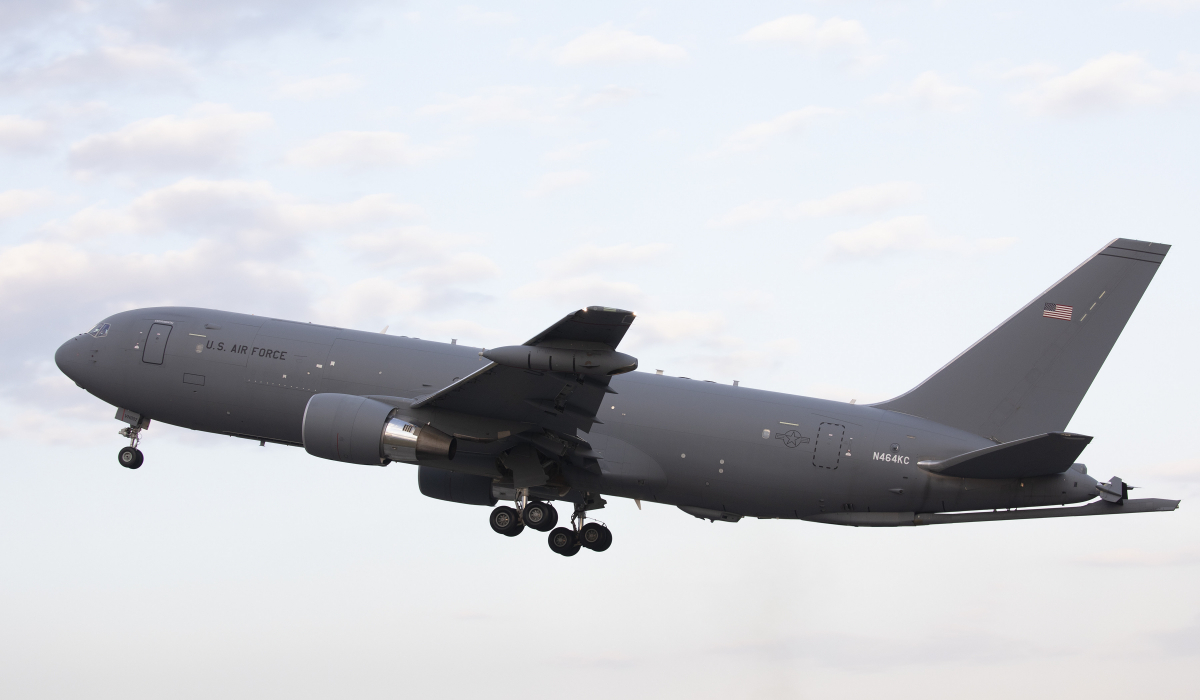The new camera system design for the KC-46 has been approved by the USAF, signaling the end of a long period of problems for this tanker. Boeing has already announced that it will cover the cost of development and installation on aircraft already in service.
The U.S. Air Force spokeswoman officially announced last week that the preliminary review of RVS 2.0 was complete. The completion of this phase therefore indicates that the USAF is in agreement with the design of the replacement for the currently defective cameras. Boeing has announced that the development and installation costs will be borne by the company. At this time, no announcement or estimate of those costs is yet available.
Unlike previous USAF tanker aircraft, the boomer (responsible for directing the refueling boom) on the KC-46 has a console in the aircraft cabin. To be able to manage the various refuelings, it relies on several cameras located under the wings and the aircraft cabin. However, the cameras currently mounted on the aircraft already in flight are not precise enough in certain conditions of high luminosity (the tip of the boom is no longer visible). As a result, the 46 KC-46s (as of January 2022) of the USAF are not yet operational at 100% of their capabilities, 3 years after their entry into service in the US Air Force. The tanker (and its flawed system) is also being exported abroad as Israel has ordered several (more information in this article) and the Japanese Air Force already has one. These aircraft will most likely have to go back through Boeing's factories for RVS 2.0 installation.
In terms of timing, RVS 2.0 installation and qualification during actual testing on a KC-46 will be done very quickly since the official entry into service still remains scheduled for 2023.
Découvrez cet article sur Air&Cosmos

